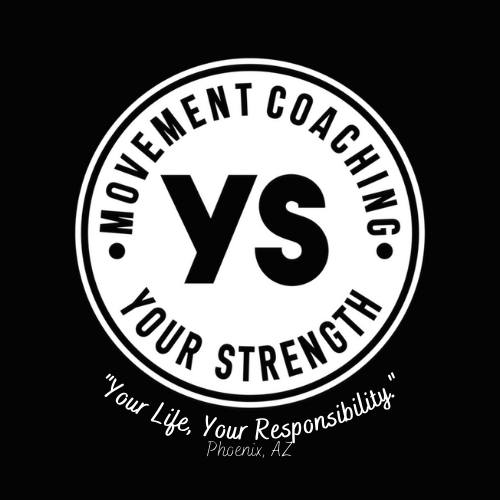Mastering Portion Control and Nutrition: A Holistic Approach
In the pursuit of optimal health and nutrition, mastering portion control is a cornerstone. This blog post will guide you through different ways to approach portion control, incorporate practical actions. We’ll explore common challenges, and offer some insightful strategies. Additionally, we'll delve into the significance of the impact of processed foods, and how your brain influences cravings.
1. Understanding the Impact of Portions
Commencing our journey, it's crucial to grasp the impact of portion control not only on calorie intake but also on overall nutrition.
Large portions can lead to overeating or feeling uncomfortable,
Interrupt digestion,
Cause sleepiness, and
Potentially reduce insulin sensitivity.
Highly nutritious food often comes in smaller portions, while often foods we need less of come in giant, heaping portions. Tortilla chips at a Mexican restaurant anyone?
Understanding nutrients vs calories makes portion control much easier.
2. Practical Tips for Portion Control
Experiment with the hand guide method
palm- protein- 1-2/ meal/3-4 x day - the higher quality the better
thumb - fat - 1-2/ meal/ 2-3 x day -natural sources like avocado & high quality olive oils, butter
cupped hand - carbs (especially anything other than fruits & vegetables) - 1-2/ meal/ 2-3x day -more complex the better
Fruits and veggies - heaping cupped hand -1-3/meal/3-4x day the more raw, less processed the better
3-day diet tracker
Evaluation of what you are eating on a daily basis can help you see simple and easy opportunities to prune back your portions.
It may be beneficial to meet with a nutrition coach or join a class to help come up with ideas
Consider Activity
How much you need to eat for your specific goals?
Do you need to adjust intake on exercise or non-exercise days?
3. Overcoming Common Challenges
Identifying and overcoming challenges is key to successful portion control. Strategies for mindful and intentional eating experience will help foster a healthier relationship with food.
Managing distractions during meals
give yourself a quiet moment to eat without multitasking, even social media. Focus on eating and only eating for 3 min. Return to normal eating after (if you still want to!)
Recognizing satiety cues
Chewing slowly and thoroughly will help your brain and body set up for receiving nutrition helping to let you know when you have reached your intake limit.
only ever eat until you are 80% full . Save the rest of the food for later, or create smaller portions.
4. Portion Control on Exercise and Non-Exercise Days
Addressing the dynamic nature of nutrition. Consider tailoring your portion control based on your activity level, so that your nutritional needs align with your fitness goals.
Exercise days - if your goal is to gain muscle or maintain weight -
consider increasing your protein and possible carbohydrate intake on training days.
Non-exercise days - If your goal is to lose fat and keep as much muscle as you can or maintain weight
consider only reducing your fat and carbohydrate intake on non exercise days.
try to maintain your protein levels to help insure proper recovery and wellness support.
5. Beware of Bagged or Boxed Meals
Exercise caution when considering meals from boxes and bags, as these often are processed foods.
Most convenience foods, lack the nutrient density found in whole, unprocessed alternatives.
Packaged foods are notoriously large portions and may lead to overconsumption without providing the essential nutrients necessary for satiety and portion control.
Opting for whole, nutrient-dense options ensures a more balanced and satisfying approach to your nutritional intake.
6. The Brain, Sweetened Foods, and Cravings
The brain's craving for overly sweetened foods can be attributed to a complex interplay of neurobiological factors.
When we consume sugary foods, the brain's reward system is activated, releasing feel-good neurotransmitters like dopamine.
Over time, frequent consumption of high-sugar foods can lead to neuroadaptation, wherein the brain becomes less responsive to the same level of stimulation.
This desensitization prompts a craving for even sweeter foods to achieve the same pleasurable response, creating a cycle of heightened sugar intake and reinforcing the desire for overly sweetened foods.
7. Intentional Portion Control System
Embark on a personalized portion control journey by starting with a system that resonates with you. Be intentional with your approach.
Commit to it for 4-6 weeks, applying it consistently every day.
Assess its effectiveness and make informed decisions about whether to continue or pivot based on your results and personal needs.
8. Conclusion and Action Steps
Smaller portions often mean fewer calories, contributing to better overall health.
Pick and test an approach, review you progress, and make adjustments as needed.
By adopting an intentional and holistic approach to portion control, you pave the way for a healthier and more sustainable nutritional lifestyle.









